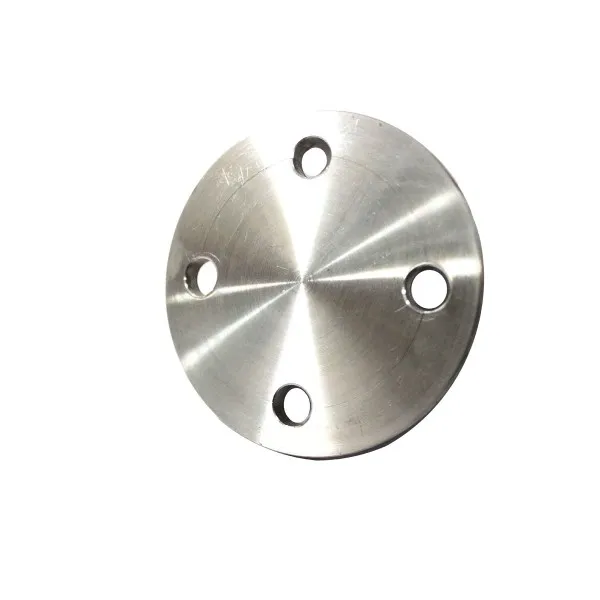-
Cangzhou Yulong Steel Co., Ltd.
-
Phone:
+86 13303177267 -
Email:
admin@ylsteelfittings.com
- English
- Arabic
- Italian
- Spanish
- Portuguese
- German
- kazakh
- Persian
- Greek
- French
- Russian
- Polish
- Thai
- Indonesian
- Vietnamese
- Zulu
- Korean
- Uzbek
- Hindi
- Serbian
- Malay
- Ukrainian
- Gujarati
- Haitian Creole
- hausa
- hawaiian
- Hebrew
- Miao
- Hungarian
- Icelandic
- igbo
- irish
- Japanese
- Javanese
- Kannada
- Khmer
- Rwandese
- Afrikaans
- Albanian
- Amharic
- Armenian
- Azerbaijani
- Basque
- Belarusian
- Bengali
- Bosnian
- Bulgarian
- Catalan
- Cebuano
- China
- China (Taiwan)
- Corsican
- Croatian
- Czech
- Danish
- Esperanto
- Estonian
- Finnish
- Frisian
- Galician
- Georgian
- Kurdish
- Kyrgyz
- Lao
- Latin
- Latvian
- Lithuanian
- Luxembourgish
- Macedonian
- Malgashi
- Malayalam
- Maltese
- Maori
- Marathi
- Mongolian
- Myanmar
- Nepali
- Norwegian
- Norwegian
- Occitan
- Pashto
- Dutch
- Punjabi
- Romanian
- Samoan
- Scottish Gaelic
- Sesotho
- Shona
- Sindhi
- Sinhala
- Slovak
- Slovenian
- Somali
- Sundanese
- Swahili
- Swedish
- Tagalog
- Tajik
- Tamil
- Tatar
- Telugu
- Turkish
- Turkmen
- Urdu
- Uighur
- Welsh
- Bantu
- Yiddish
- Yoruba

Jul . 12, 2024 08:05 Back to list
Rubber lined products for enhanced durability and protection in various industries.
Rubber lining is a vital process in many industries where the protection of equipment from corrosive materials is essential. It involves the application of a layer of rubber to the interior surfaces of tanks, pipes, valves, and other equipment to prevent corrosion and damage. Rubber lining is commonly used in industries such as mining, chemical processing, oil and gas, and water treatment.
One of the key advantages of rubber lining is its ability to provide a protective barrier between the corrosive material being transported and the equipment itself. This helps to extend the lifespan of the equipment and reduce the need for frequent repairs and replacements. In addition, rubber lining can also help to improve the efficiency of equipment by reducing friction and wear on moving parts.
Rubber lining is also highly resistant to a wide range of chemicals and temperatures, making it a versatile option for use in various industries. It can withstand exposure to acids, alkalis, solvents, and other corrosive substances, as well as high temperatures and pressures. This makes rubber lining ideal for use in environments where traditional materials would quickly degrade and fail

rubber lined. In addition to offering protection from corrosive materials, rubber lining can also help to reduce noise levels and vibration in equipment. The rubber layer acts as a dampening barrier, absorbing sound and vibration before it can travel through the equipment and cause damage or discomfort. This can help to create a safer and more comfortable working environment for operators. The process of rubber lining involves carefully preparing the surface of the equipment, applying an adhesive to bond the rubber to the surface, and then curing the rubber to create a strong and durable bond. The thickness of the rubber lining can vary depending on the level of protection required, with thicker linings providing greater resistance to corrosion and wear. Overall, rubber lining is a crucial process for protecting equipment in industries where corrosion and wear are major concerns. By providing a durable and resistant barrier between equipment and corrosive materials, rubber lining helps to extend the lifespan of equipment, improve efficiency, and create a safer working environment for operators. With its versatility and high resistance to chemicals and temperatures, rubber lining is an essential solution for many industries around the world.

rubber lined. In addition to offering protection from corrosive materials, rubber lining can also help to reduce noise levels and vibration in equipment. The rubber layer acts as a dampening barrier, absorbing sound and vibration before it can travel through the equipment and cause damage or discomfort. This can help to create a safer and more comfortable working environment for operators. The process of rubber lining involves carefully preparing the surface of the equipment, applying an adhesive to bond the rubber to the surface, and then curing the rubber to create a strong and durable bond. The thickness of the rubber lining can vary depending on the level of protection required, with thicker linings providing greater resistance to corrosion and wear. Overall, rubber lining is a crucial process for protecting equipment in industries where corrosion and wear are major concerns. By providing a durable and resistant barrier between equipment and corrosive materials, rubber lining helps to extend the lifespan of equipment, improve efficiency, and create a safer working environment for operators. With its versatility and high resistance to chemicals and temperatures, rubber lining is an essential solution for many industries around the world.
Latest news
-
ANSI 150P SS304 SO FLANGE
NewsFeb.14,2025
-
ASTM A333GR6 STEEL PIPE
NewsJan.20,2025
-
ANSI B16.5 WELDING NECK FLANGE
NewsJan.15,2026
-
ANSI B16.5 SLIP-ON FLANGE
NewsApr.19,2024
-
SABS 1123 FLANGE
NewsJan.15,2025
-
DIN86044 PLATE FLANGE
NewsApr.19,2024
-
DIN2527 BLIND FLANGE
NewsApr.12,2024
-
JIS B2311 Butt-Welding Fittings LR/SR 45°/90° /180°Seamless/Weld
NewsApr.23,2024











